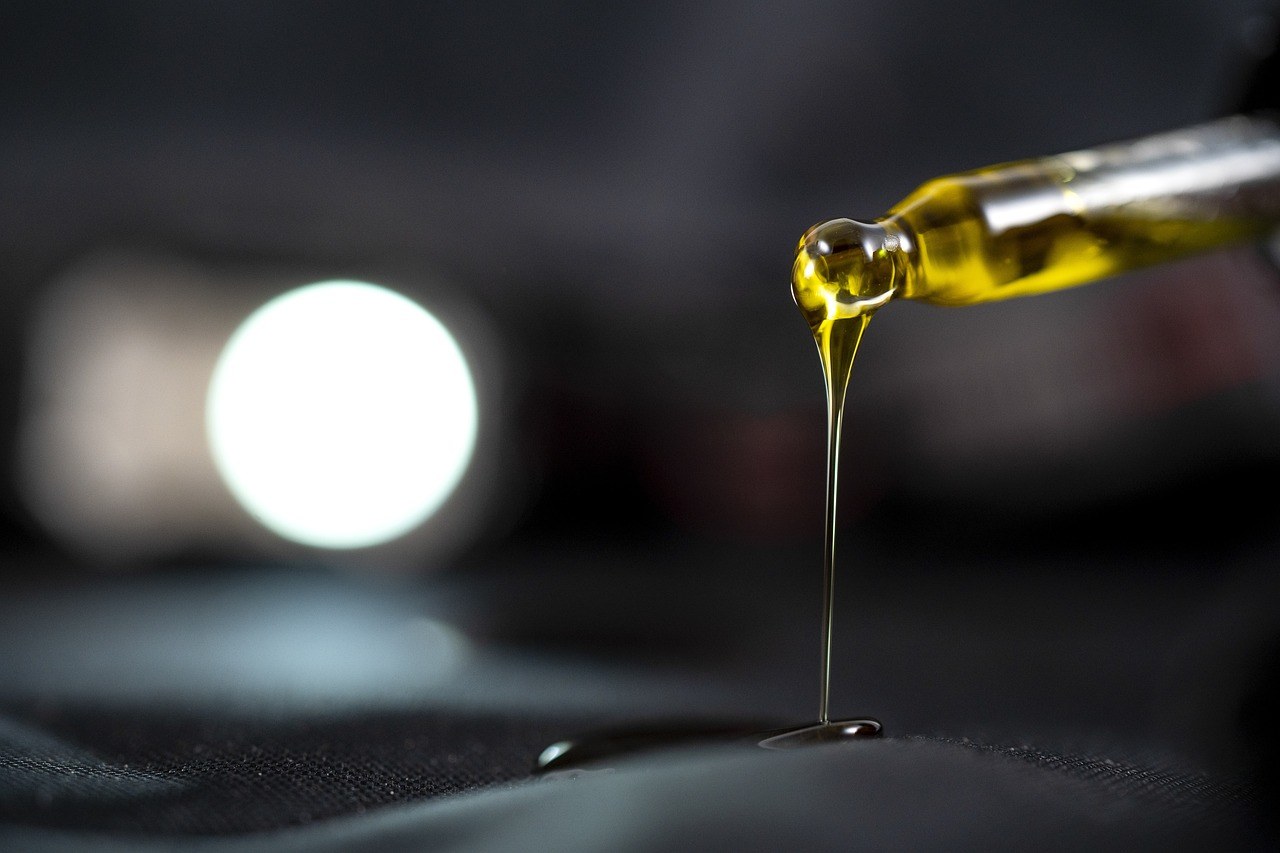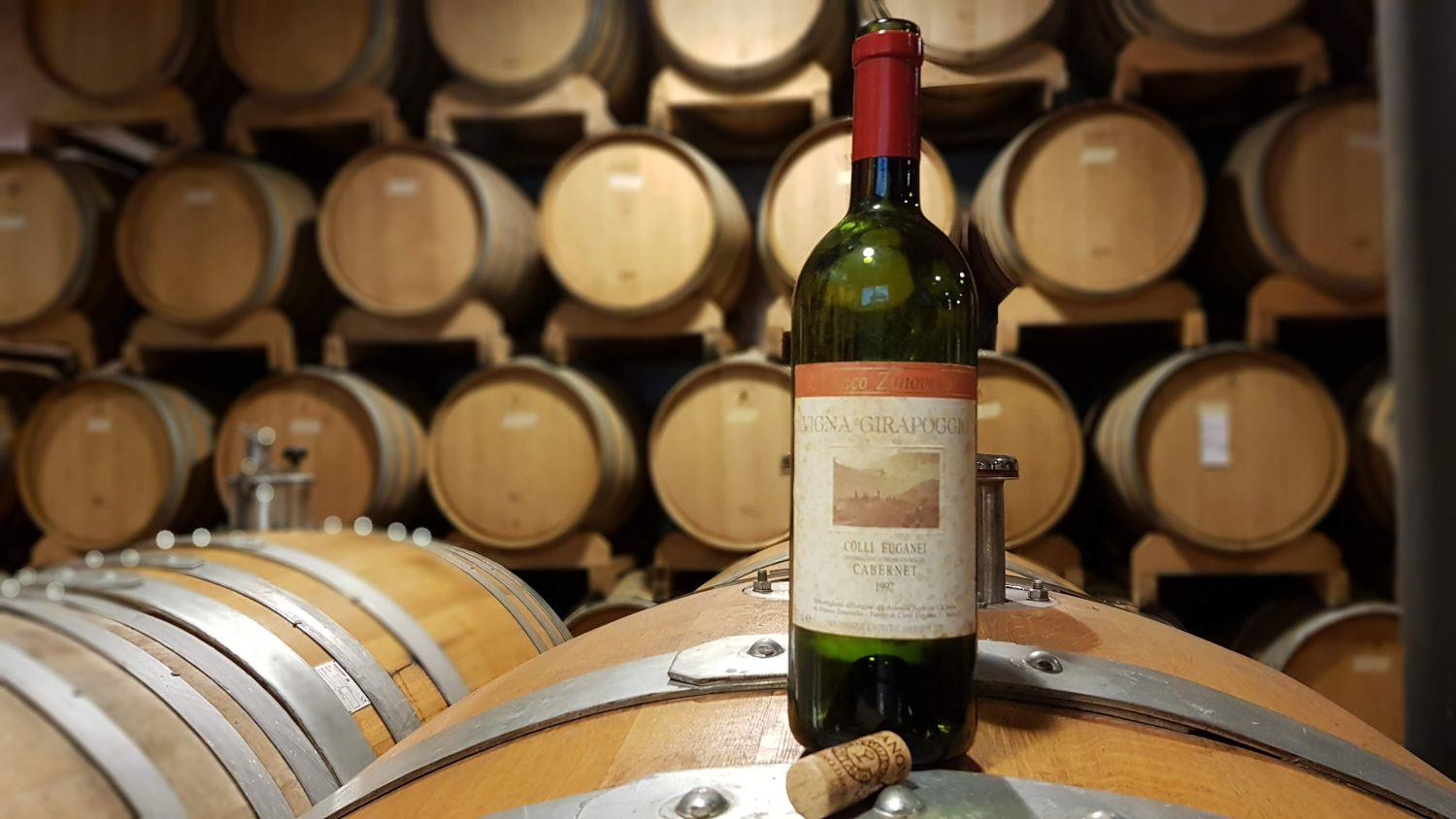
Alterung von Weinen: Wie lange soll man warten?

Alterung von Weinen: Wie lange soll man warten?
Im Laufe der Jahre macht der Wein erstaunliche Veränderungen durch, aber wie lange sollte man warten? Obwohl es keine feste Regel gibt, können wir nützliche Hinweise geben.
Die Langlebigkeit eines Weins ist eng mit dem Gehalt an Stoffen wie Mineralsalzen, Tanninen, Zucker, Säuren, Alkohol und anderen verbunden. Ein wichtiger Indikator ist der Trockenextrakt, d. h. die Menge der Stoffe, die nach vollständiger Verdampfung der flüssigen Bestandteile im Wein verbleiben. Je höher der Trockenextrakt, desto größer ist die Entwicklungsfähigkeit des Weins.
Die Trockensubstanzkonzentration hängt von verschiedenen Faktoren ab, unter anderem vom Zeitpunkt der Ernte, den önologischen Verfahren und der Art des Ausbaus. Im Allgemeinen neigen Rotweine und Süßweine, insbesondere solche mit hohem Tannin- und Alkoholgehalt, dazu, besser zu altern als Weißweine, vor allem wenn letztere einen geringen Alkohol- oder Säuregehalt aufweisen.
Die Geheimnisse des Alterns
Die Alterung des Weins ist ein langsamer Oxidationsprozess, durch den sich viel komplexere und reichhaltigere Düfte und Aromen entwickeln als die, die der Wein in seinem jungen Zustand ausdrückt.
Schauen wir uns gemeinsam an, wie sich die verschiedenen Komponenten bei der Alterung verhalten.
- Säuregehalt: Mit der Zeit glätten sich die im Wein enthaltenen Säuren (Apfel-, Wein-, Milch- und Zitronensäure), und das Gefühl ausgeprägter Frische weicht einer geschmeidigen Geschmacksnote, die den Wein „runder“ macht.
- Tannin: Tannin in jungen Weinen neigt dazu, ein Gefühl von Rauheit und Adstringenz zu vermitteln. Im Laufe der Reifung polymerisieren seine Moleküle, d. h. sie bilden längere und schwerere Ketten, die ausfallen und dem Wein ein Gefühl von Rundheit und Weichheit verleihen.
- Mineralsalze: Mit der Zeit neigen die Mineralsalze zur Ausfällung, wodurch der Schluck weniger schmackhaft und somit unausgewogener und weicher wird.
- Aromen: Auch die Geruchsnoten verändern sich, von eher frischen und blumigen Düften hin zu typischen tertiären Noten.
Die Alterung von Rotwein
Rotwein ist dafür bekannt, dass er sich im Laufe der Zeit in der Flasche weiterentwickelt und manchmal auch nach dreißig oder vierzig Jahren noch Gefuhle erwecken kann. Um den Entwicklungsstand eines Weins zu verstehen, hilft uns die visuelle, olfaktorische und geschmackliche Analyse.
Der Farbton und die Lebendigkeit der Farbe des Weins können viel über seinen Entwicklungsstand verraten: Ein junger Rotwein hat purpurrote oder rubinrote Farbtöne, während ein reiferer Wein zu dunkleren Schattierungen wie Granatrot oder Orange tendiert.
Aus olfaktorischer Sicht bietet ein junger Rotwein weinige Aromen von frischen Früchten und Blumen. Im Laufe der Reifung vereinen sich diese zu Noten von reifen Früchten, Balsamico, Gewürzen und Röstaromen und gipfeln in ätherischen Empfindungen.
Geschmacklich werden Rotweine mit der Zeit durch die Polymerisation der Tannine weicher und runder.
Alterung von Weißwein
Die Reifung von Weißwein zeigt interessante Facetten: Im Gegensatz zu Rotwein wird Weißwein in der Regel als ein Produkt angesehen, das schnell konsumiert werden sollte, vorzugsweise in den ersten Lebensjahren.
Doch auch der Weißwein durchläuft einen Entwicklungsprozess und kann, wenn die Struktur es zulässt, über 10 Jahre lang überraschende Ausdrucksmöglichkeiten bieten. Ein Beispiel dafür sind unsere Weißweine der Zanovello Selections, die, wenn sie einige Jahre in der Flasche verbleiben, eine ausgezeichnete Komplexität erreichen und dabei eine gute Frische und Trinkbarkeit bewahren.
Im Laufe der Jahre verändert sich die Farbe des Weißweins von strohgelb oder grünlich zu intensiveren Tönen wie goldgelb oder bernsteinfarben.
Die Aromen der Weißweine, die anfangs von frischen Blumen und knackigen weißen und gelben Früchten geprägt sind, wandeln sich zu Noten von reifen oder kandierten Früchten, mit einem Hauch von Mineralien und ätherischen Nuancen. Das Bouquet wird komplexer und reichhaltiger und bietet eine breite Palette von Geruchsempfindungen.
Bei der geschmacklich-olfaktorischen Analyse des Weißweins steht die Säure im Vordergrund, die mit der Zeit abnimmt und den Wein weicher werden lässt. Andere Empfindungen, wie der Geschmack, folgen einem ähnlichen Trend und lassen Raum für die sanften Noten von Alkohol, Mehrfachalkoholen und Zucker (sofern vorhanden).
Im Allgemeinen wird die harmonische Integration von Aromen und Geschmacksnoten in der Entwicklung des Weißweins geschätzt, eine Eigenschaft, die bei jüngeren Weißweinen oft nicht wahrgenommen wird.
Temperatur und Reifezeit
Die optimale Lagerung eines Weins begünstigt seine Ausdruckskraft. Um eine ordnungsgemäße Lagerung zu gewährleisten, müssen verschiedene Faktoren wie Temperatur, Feuchtigkeit und Schutz vor Sonnenlicht beachtet werden.
Die Temperatur des Raumes, vorzugsweise eines erschütterungsfreien Kellers, sollte 20°C nicht überschreiten, besser noch, wenn Sie sie zwischen 10 und 15°C halten können. Hohe Temperaturen oder starke Temperaturschwankungen können oxidative Phänomene im Wein auslösen, die seine Lebensdauer verkürzen.
Die ideale Raumluftfeuchtigkeit sollte zwischen 50 und 80 % liegen, wobei ein Minimum von 30 % für eine ordnungsgemäße Lagerung akzeptabel ist. Es ist wichtig, den Wein von Wärmequellen und Sonnenlicht fernzuhalten, da UV-Strahlen in die Flasche eindringen und die Qualität des Weins durch Oxidation beeinträchtigen können.
Vergessen wir nicht den Korken, ein grundlegendes Element der Weinkonservierung. Wenn er aus Kork besteht, muss er immer in Kontakt mit der Flüssigkeit bleiben, um nicht auszutrocknen und zu vermeiden, dass zu viel Sauerstoff in die Flasche gelangt. Aus diesem Grund werden die Flaschen horizontal gelagert.
Die ideale Umgebung für die Reifung von Wein ist ein dunkler, feuchter Keller. Als moderne Alternative bieten jedoch Weinkeller oder Weinlagerschränke praktische Lösungen. Einige von ihnen haben erschwingliche Größen und Preise, selbst für den Hausgebrauch, und bieten eine kontrollierte Umgebung, um den Wein über die Zeit optimal zu konservieren.
Wir haben verstanden, wie man Wein lagert, aber wie lange sollte man es tun? Da es so viele Variablen gibt, können wir leider keine spezifischen Regeln aufstellen. Wir raten dazu, sich mit dem Hersteller des jeweiligen Weins in Verbindung zu setzen oder einfach online in den Produktdatenblättern nachzuschauen, wo oft die ideale Verbrauchszeit angegeben ist. Es ist auch wichtig, den persönlichen Geschmack zu berücksichtigen: Bevorzugen wir Weine mit einer ausgeprägten Frische, kräftigen Tanninen oder intensivem Geschmack? In diesem Fall könnte man sich für eine schnellere Verzehrszeit entscheiden. Schätzen wir hingegen Weine mit mehr Geschmeidigkeit, aromatischer Komplexität und ausgeprägter Struktur, sollten wir mit dem Entkorken unserer Flaschen warten, unabhängig davon, ob es sich um Weiß- oder Rotweine handelt.
